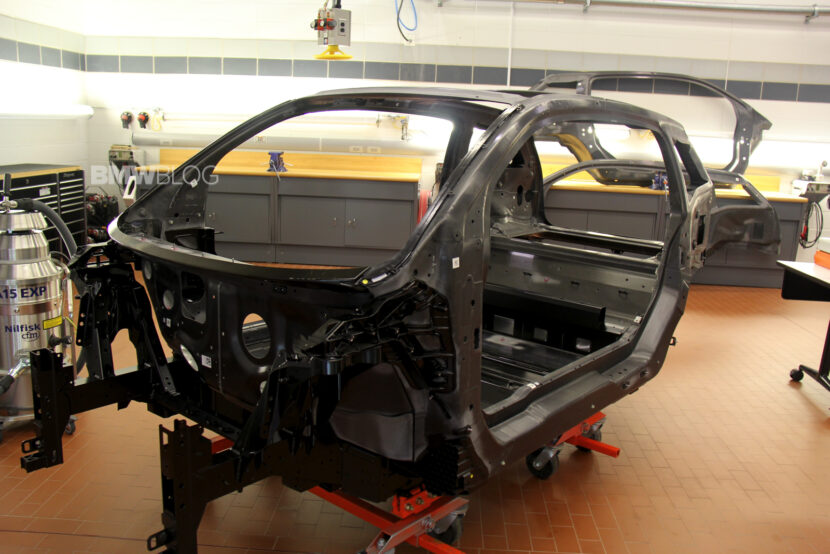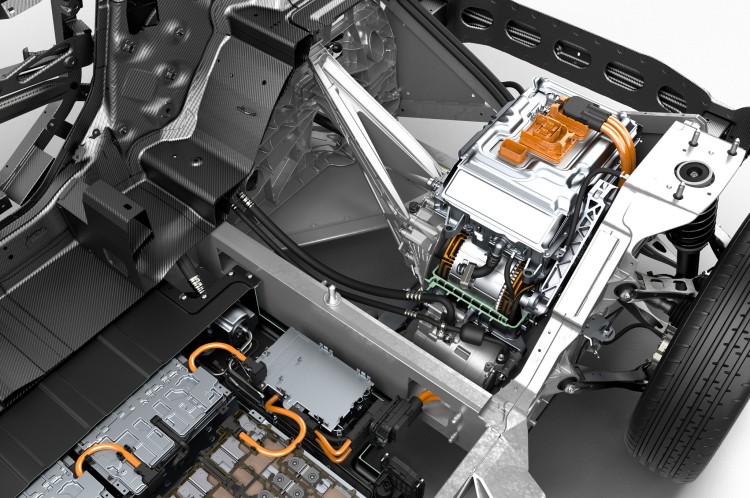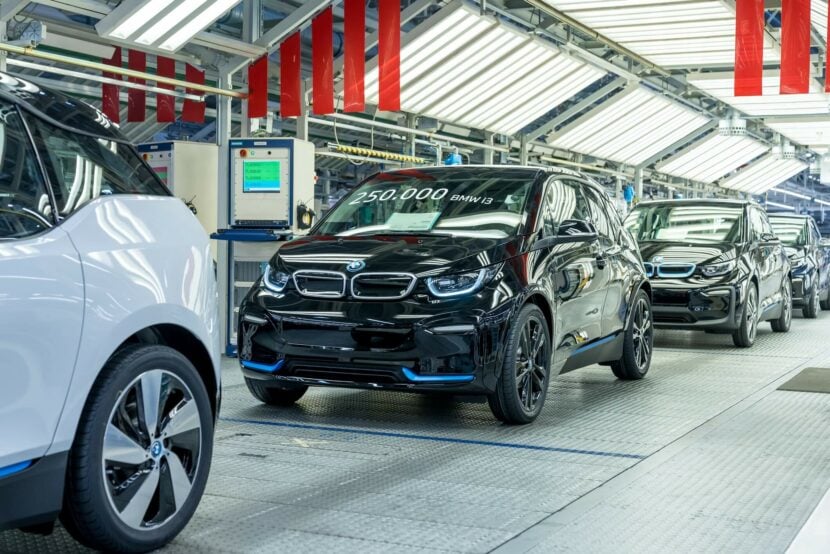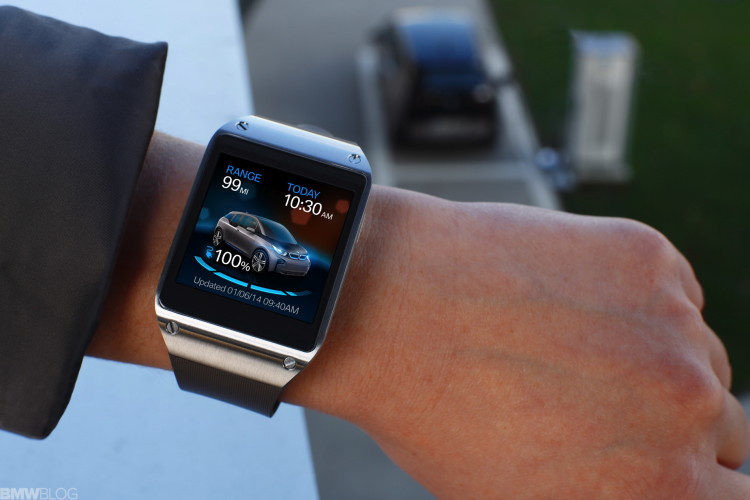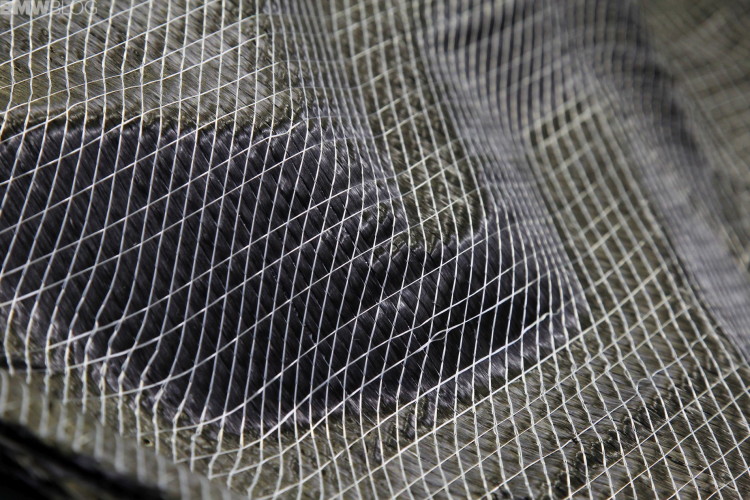The news last week was that BMW is working on a replacement for their first-ever electric vehicle, the i3. According to Frank Weber, BMW board member responsible for R&D, revealed a future i3 won’t have the quirky design of the original hatchback. Furthermore, he admitted that because of its unconventional styling, the small EV was “a bit of an outsider in the school class,” adding BMW doesn’t intend to use the same recipe for a subsequent i3.
The i3’s distinctive features, among others, contributed to its uniqueness, which may ultimately transform it into a future classic. Ultimately, the BMW i3 was among the pioneering mass-produced electric vehicles that successfully integrated inventive design, cutting-edge technology, and sustainability. In this piece, we will delve into five key elements that we believe have solidified the BMW i3 as an iconic vehicle.
1. The carbon fiber structure
The BMW i3 was the first car to use carbon fiber reinforced plastic (CFRP) for its passenger cell, which reduced weight and increased rigidity. CFRP is a material that is usually reserved for high-end sports cars or aerospace applications, but BMW managed to make it affordable and scalable for the i3.
2. The electric powertrain
The BMW i3 offered two options for its electric propulsion: a pure battery-electric version and a range-extended version with a small gasoline engine that could extend the range by at least 80 miles. Additionally, the cool thing about the BMW i3 REx was the fact that it used an existing engine: the twin-cylinder 647 cc motorcycle engine sourced from BMW Motorrad.
3. The futuristic design
The BMW i3 had a distinctive look that set it apart from other cars on the road. It had a tall and narrow body, large wheels, a short hood and a long wheelbase. The interior was spacious and minimalist, with a floating dashboard, a digital instrument cluster and a large infotainment screen. The i3 also used recycled materials and natural fibers for its upholstery and trim.
Yes, it was and still is an odd car, but that’s exactly the reason why we owned four of them since its inception in 2011.
4. The smart connectivity
The BMW i3 was equipped with a range of intelligent features that enhanced the driving experience and the convenience of the owners. It had a smartphone app that allowed remote control of the car, such as locking and unlocking, pre-conditioning and charging status. It also had a navigation system that could optimize the route based on traffic, weather and battery level. It even worked with your smartwatch.
All these things are expected today, but a decade ago, things were different.
5. The visionary concept
The BMW i3 was more than just a car; it was part of a holistic vision for sustainable mobility. It was designed to be integrated with renewable energy sources, such as solar panels and wind turbines, and to be compatible with shared mobility services, such as car-sharing and public transportation. The i3 was a symbol of BMW’s commitment to innovation and responsibility.

